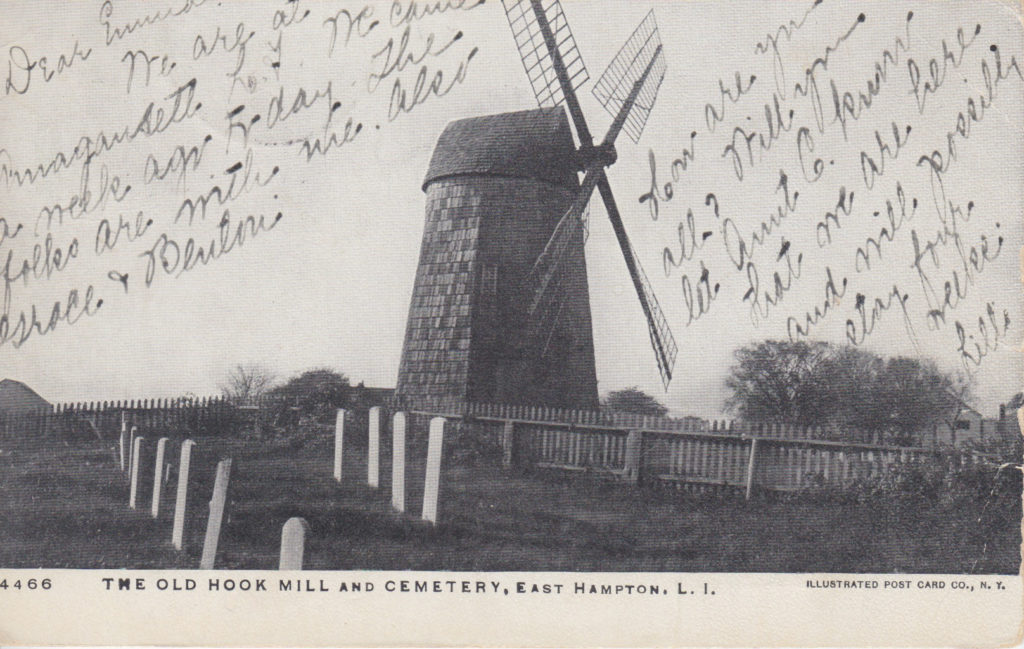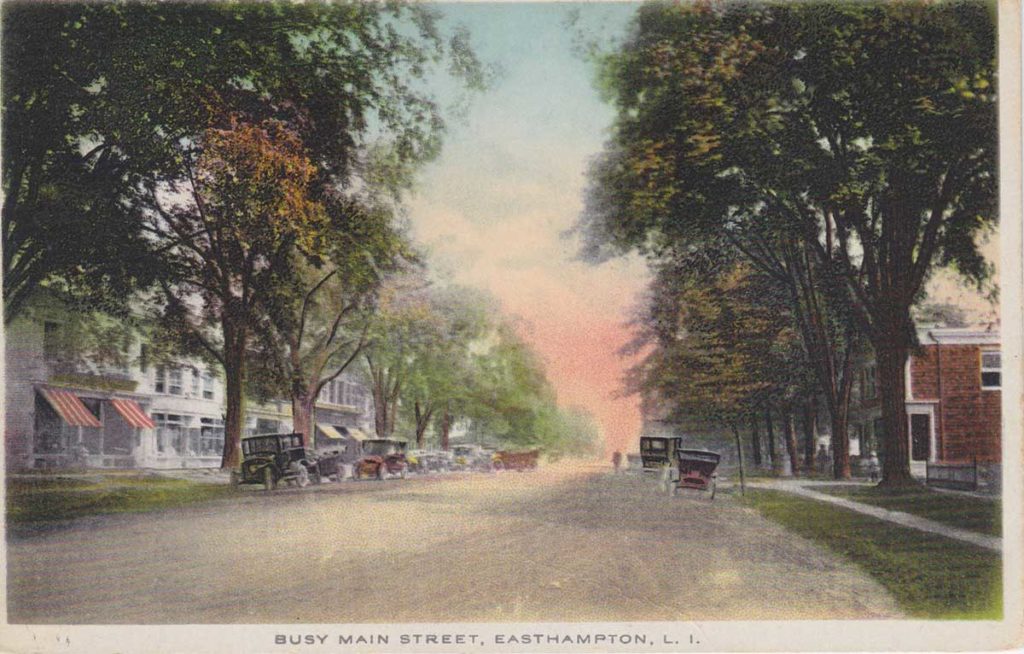 Shinnecock and Montauket Indians who farmed beans, squash, and corn originally settled the area now known as East Hampton, NY. They also hunted the abundant game and fished the pristine waters.
Shinnecock and Montauket Indians who farmed beans, squash, and corn originally settled the area now known as East Hampton, NY. They also hunted the abundant game and fished the pristine waters.
They were especially reliant on the bountiful shellfish -- clams, oysters, mussels, and whelk, which were available year-round. These local tribes assisted the British in the Pequot Wars along the Connecticut shores, forming an alliance with Lion Gardiner, one of the founders of East Hampton.
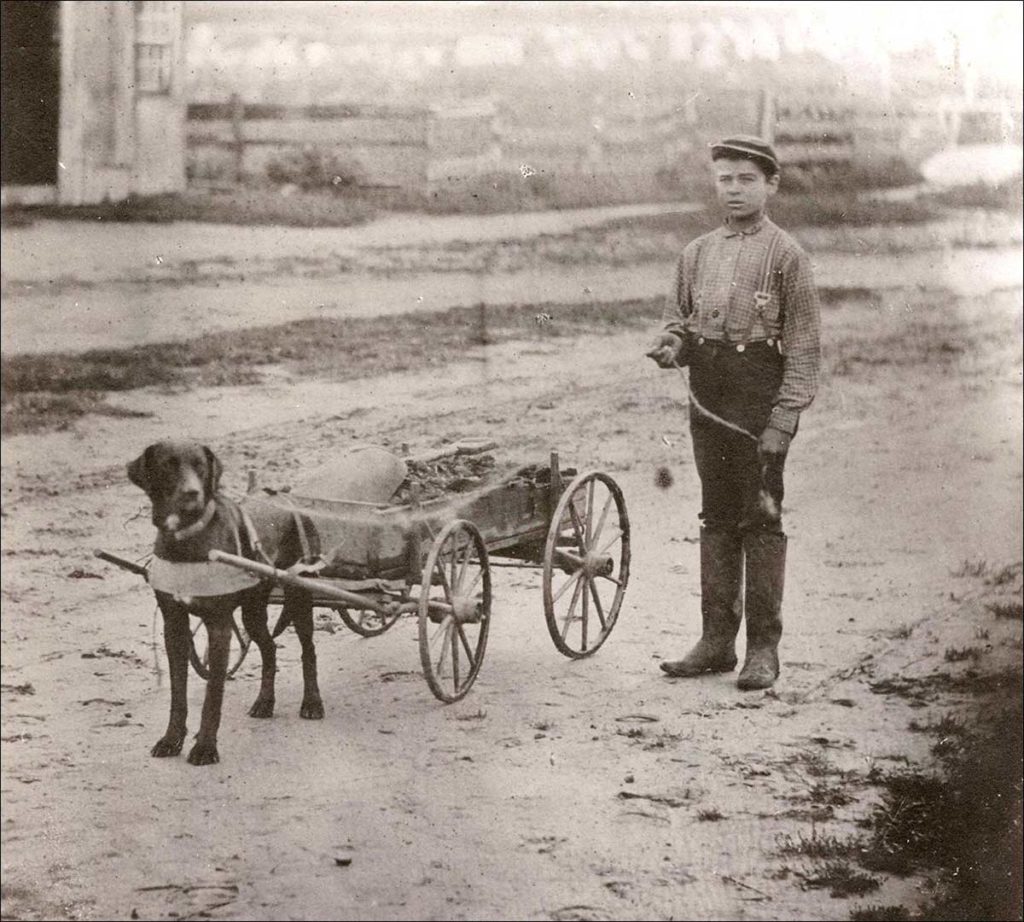
When it was founded by British farmers from Southampton and Massachusetts in 1648, Maidstone (later renamed East Hampton) was laid out around a broad commons (which is now Main Street.) The commons ran from the Town Pond on the west end to the sheep fold on the east end, across from where the post office now stands.
Many of the historic homes and sites have been preserved due in a large part to the East Hampton Ladies Village Improvement Society (LVIS rules in East Hampton!). Founded in 1895, the ladies of LVIS:
"... began raising funds to finance the costly, but necessary, watering down of dusty Main Street, sweeping of crosswalks, cleaning up the Station area and installation of oil lamps on Main Street, along with hiring a lamplighter."
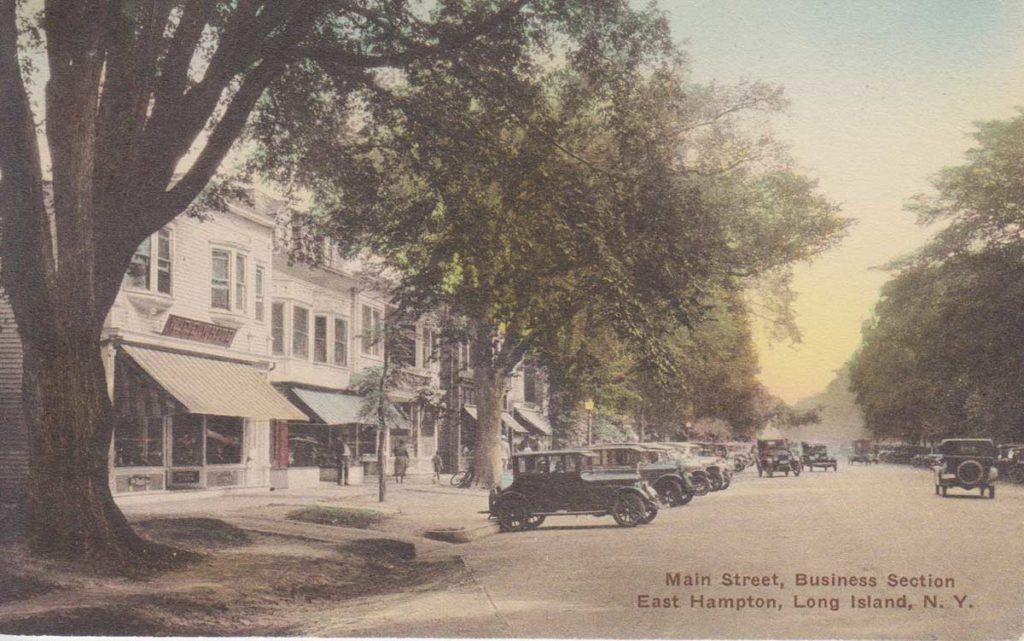
Thanks to the continuing efforts of the Ladies of East Hampton, Main Street is lined with stately elms and silver maples instead of gas stations. Strong preservationist Zoning & Planning Boards help maintain East Hampton’s history.
Main Street, Huntting Lane, and Hook Mill are all listed on the National Register of Historic Places. Many of the historic sites are open to the public. The Mill House Inn is situated in the heart of the Hook Mill Historic District.
Keeping East Hampton History Alive

The East Hampton Historical Society maintains five museums and national landmark historic sites of both local and national importance.
The following content is courtesy of the East Hampton Historical Society. Call them at 631-324-6850 or visit their website for hours of operation and additional information …

- "Mulford Farm is considered one of America's most significant, intact, English Colonial farmsteads. The survival of this house, built in 1680, is remarkable since it has been left largely unchanged since 1750. In addition, the home has remained in the Mulford family’s hands for the majority of its existence giving scholars the opportunity to trace the family, their use of the land and structures around them. The lives and spirit of this family echo throughout the house, which was restored using period appropriate furnishings and authentic decorative arts."
- "The Mulford Barn, constructed in 1721, is one of the most intact early eighteenth century English-plan barn forms in New York State and is recognized as an outstanding example of early eighteenth century construction methods and materials."
- "Clinton Academy was one of the first academies chartered by the Board of Regents in New York State. The Academy was constructed in 1784 with funds contributed by local citizens at the request of the Reverend Samuel Buell, pastor of the East Hampton Presbyterian Church. This remarkable Academy was a coeducational institution preparing young men for college or for careers such as seafaring or surveying. Young women were schooled in spiritual reading and the finer points of being a lady. The late Georgian style building was restored in 1921 by Mr. and Mrs. Lorenzo E. Woodhouse. Visitors can enjoy the wild flower garden behind the property installed by the Garden Club of East Hampton."
- "The Town House, c. 1731 is the earliest, surviving, one-room schoolhouse on Long Island. Studies were very basic: reading, writing, and enough arithmetic to keep an account book. Teachers rarely had a very extensive education and there were virtually no textbooks or paper to use; learning was accomplished by copying onto a slate. School was dismissed from January through March during the whaling season where everyone, including children, had to help in carving the whales. After 1845, the building continued to be used as a meeting place for the Town Trustees. It is the only existing town government meeting place to survive from the Colonial period on Long Island. The Town Trustees who met there determined the affairs of the township by collecting taxes, passing local laws, administering public lands, maintaining the church and schoolhouse and hiring the minister and teacher. It was later used as a barbershop, an interior decorator's studio and the town welfare headquarters during the Depression. In 1958, the East Hampton Historical Society acquired and moved the Town House to a lot adjacent to the Clinton Academy."
- "Osborn-Jackson House was lived in by six generations of Osborns until the late 1960's. The original portion of the house, probably built in 1723, was the family home of "Deacon" Daniel Osborn. His son, Jonathan inherited the house and made additions in 1760. The house was owned successively by his sons Joseph and Sylvanus, his grandson Edward E. Gardiner, and their descendants until the mid-20th century. This colonial house, one of the few still in its original position on Main Street, serves as the headquarters for the East Hampton Historical Society and a period house museum for the general public."
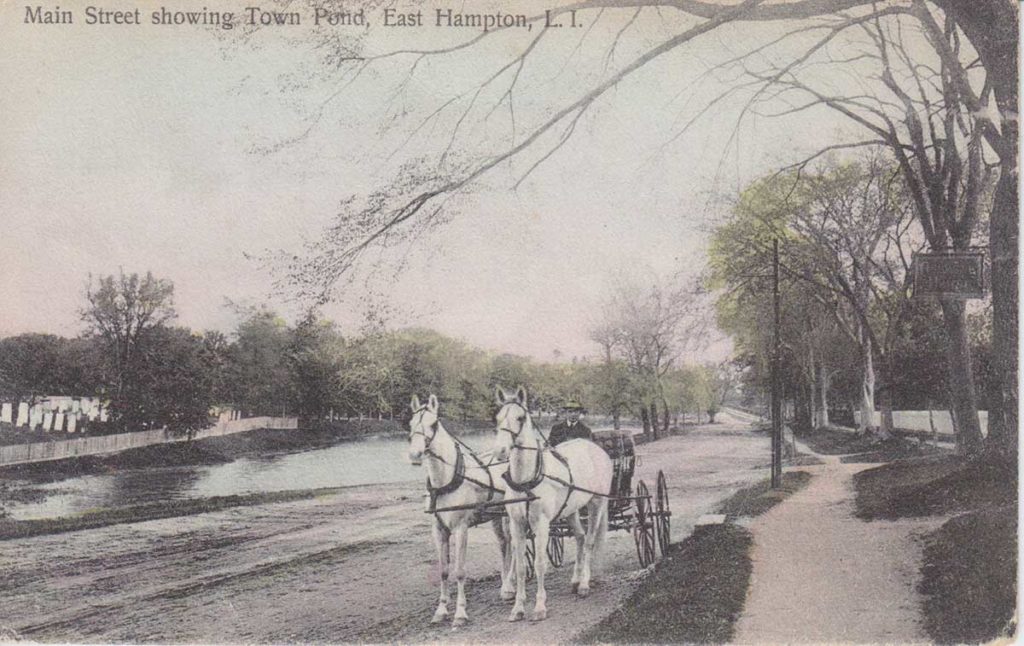
East Hampton Village maintains several more historic landmarks that are open to the public:
- "The Hook Mill (directly across the street from the Mill House Inn) was built in 1806 by Nathanial Dominy V, a noted local carpenter and clock maker. The new mill incorporated the main post of the 1736 Hook Mill and remained in active operation until 1908. The Village acquired the Hook Mill in 1922 and restored it to working order. (SORT OF... we have noticed that it takes several able-bodied men to make the sails turn during the Memorial Day festivities!)"
- "Home Sweet Home, on the Village Green – the heart of the Colonial Village - was the childhood home of John Howard Payne, a noted actor and composer of the wildly successful (in 1823) song "Home Sweet Home." Built in 1660, the house has been preserved in its original form, a simple but elegant shingled saltbox, and is furnished with authentic period pieces. In 1917 the Pantigo Mill was moved to the property from Mill Hill. East Hampton Village undertook extensive repairs to the mill in 1978-1979."
- "The Gardiner "Home Lot" on James Lane is the only lot remaining of the 34 original East Hampton Home Lots with the home at the head, nearest the Commons, and farmland stretching out behind. It features 9 acres of farmland (still farmed by a descendent of Lion Gardiner, the original owner who is buried in the South End Burying Ground across the street) and serves as the setting for the 1804 Gardiner Windmill, also built by Nathanial Dominy V."

Stay tuned for more about East Hampton’s fascinating history in future blogs. In the meantime, check out the following books:
- Philistines at the Hedgerow: Passion and Property in the Hamptons by Steven Gaines
- In the Hamptons: My 50 Years with Farmers, Fishermen, Artists, Billionaires and Celebrities by Dan Rattiner
- Men’s Lives: The Surfmen and Baymen of the South Fork by Peter Matthiessen
- Up and Down Main Street: An Informal History of East Hampton and its Old Houses by Jeanette Edwards Rattray
- The South Fork – The Land and the People of Eastern Long Island by Everett T. Rattray

And remember, we're always ready to help you plan your own Hampton’s adventure. Call or email us today.
– Sylvia
